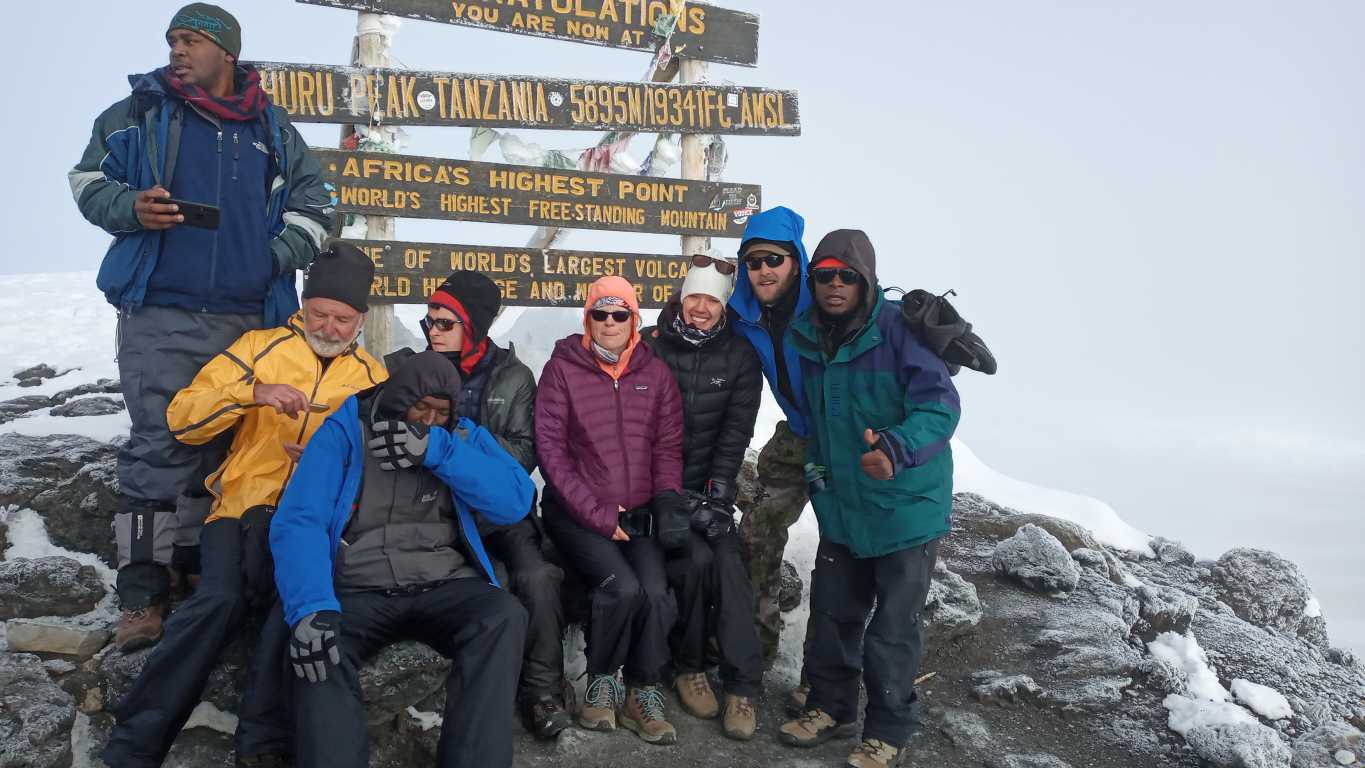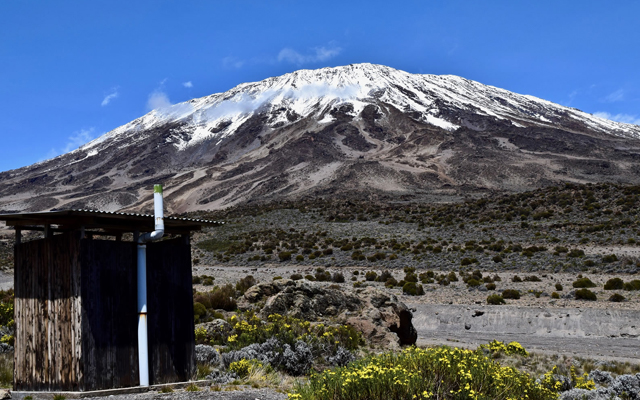6 Days Kilimanjaro Climbing via Marangu Route
The Marangu Route is a unique and popular path for climbing Mount Kilimanjaro. It is the only route offering sleeping huts in dormitory-style accommodations. Mandara and Kibo Huts each have 60 bunk beds, while Horombo Hut has 120 bunk beds.
Guests are provided with mattresses and pillows but are required to bring their own sleeping bags. The huts feature communal dining halls and washroom facilities, including flushing toilets and running water at the lower huts, and long-drop toilets with bucket water at Kibo Hut. Travelers can also purchase soft drinks, bottled water, and beer at various stops.
Why Choose the Marangu Route?
Known as the "Coca-Cola Route," Marangu is favored for its:
- Comfortable hut accommodations, ideal for those seeking a less rugged experience.
- Scenic trails that pass through lush rainforests, alpine meadows, and high-altitude landscapes.
- Well-maintained and clearly defined paths, making it accessible for beginner climbers.
- Opportunities to encounter unique wildlife and breathtaking views of Mount Kilimanjaro's diverse ecosystem.
To maximize your summit success rate, it is highly recommended to take an extra acclimatization day at Horombo Hut. This additional time allows your body to adjust to the altitude, significantly increasing your chances of reaching Uhuru Peak.
Tips for a Successful Marangu Climb
Follow these tips to ensure an enjoyable and successful trek:
- Pack warm, layered clothing for the rapidly changing mountain climate.
- Maintain proper hydration and bring energy snacks for sustenance.
- Take it slow to avoid altitude sickness, and listen to your guide's advice.
- Book with experienced operators like Tanzania Adventures for a seamless and safe experience.
Book Your Adventure
Ready to embark on the adventure of a lifetime? Explore our tailored Kilimanjaro trekking packages with guaranteed satisfaction and unmatched service. Contact us today to plan your climb and make lasting memories on Africa's highest peak.








